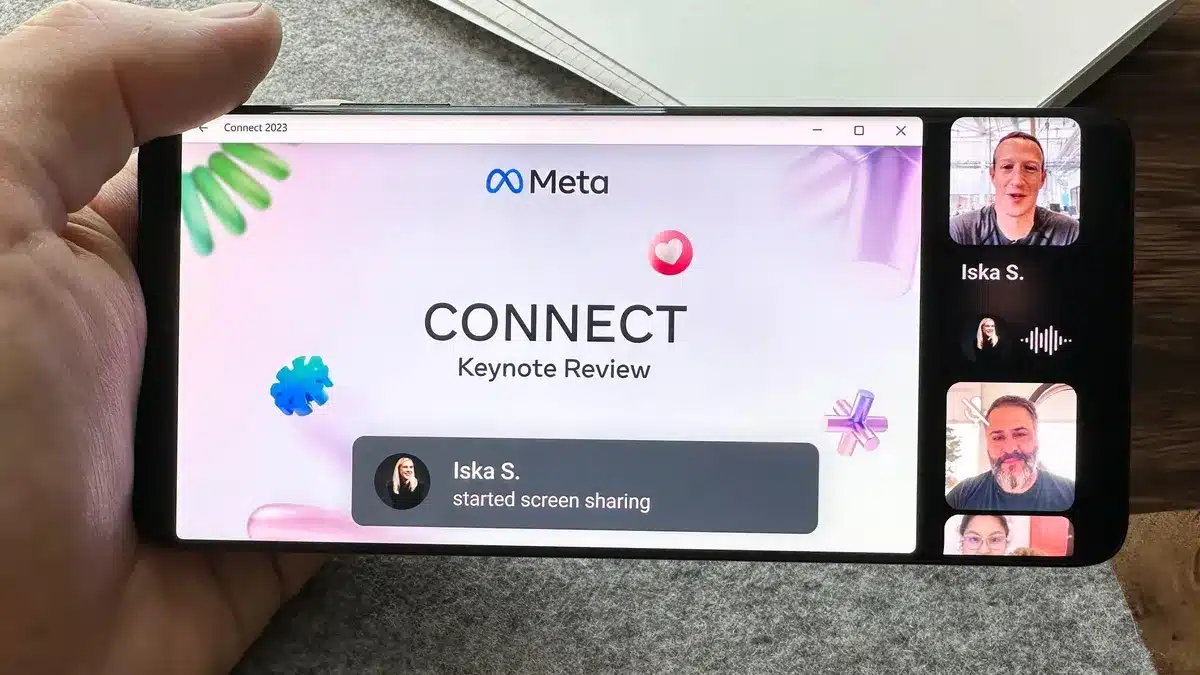On July 8, 2025, Zoom and Meta announced a standalone Zoom app for Meta Quest VR headsets, allowing users to join video conferences as virtual avatars and enhance immersive collaboration.
The Zoom app, available for free on Meta Quest 3, 3S, Pro, and 2 headsets, works with any Zoom license and integrates seamlessly with the Zoom Workplace app, used on desktops and mobile devices, per Meta’s blog. Users can join meetings in Immersion mode for a virtual environment or Passthrough mode for augmented reality, showcasing Meta Avatars across different devices. The app’s interface resembles the desktop version, featuring a left-side navigation bar.
The app supports virtual meetings with avatars, offering high-quality video, screen sharing, and chat. Immersion mode focuses on conversations, while Passthrough blends real-world surroundings, enhancing user flexibility, per Meta. The app builds on Zoom’s 2023 Horizon Workrooms integration, now standalone, requiring no subscription for attendees.
Zoom’s new Meta Quest app encourages taking video calls in VR https://t.co/yPJ31av3OV
— The Verge (@verge) July 8, 2025Zoom’s VR and AI Expansion
Zoom is expanding its virtual reality (VR) offerings under the leadership of CEO Eric Yuan. This initiative includes AI-driven features such as custom avatars for Zoom Clips, which were announced on March 17, 2025. Additionally, a January 2024 app for Apple Vision Pro introduced lifelike personas, providing a contrast to Meta’s animated avatars. Zoom’s collaboration with Meta supports their objective of integrating AI avatars into meetings. With 70% of businesses now adopting VR for collaboration, Zoom is competing in a technology market valued at $560 billion.
The Zoom-Meta app, which affects 500 million Zoom users, is set to transform virtual collaboration. It boosts productivity for 20% of remote workers who use virtual reality (VR). Additionally, the app enhances Meta’s Quest ecosystem and competes with Apple’s Vision Pro. It is expected to have a significant impact on workplace innovation and user engagement in 2025.






